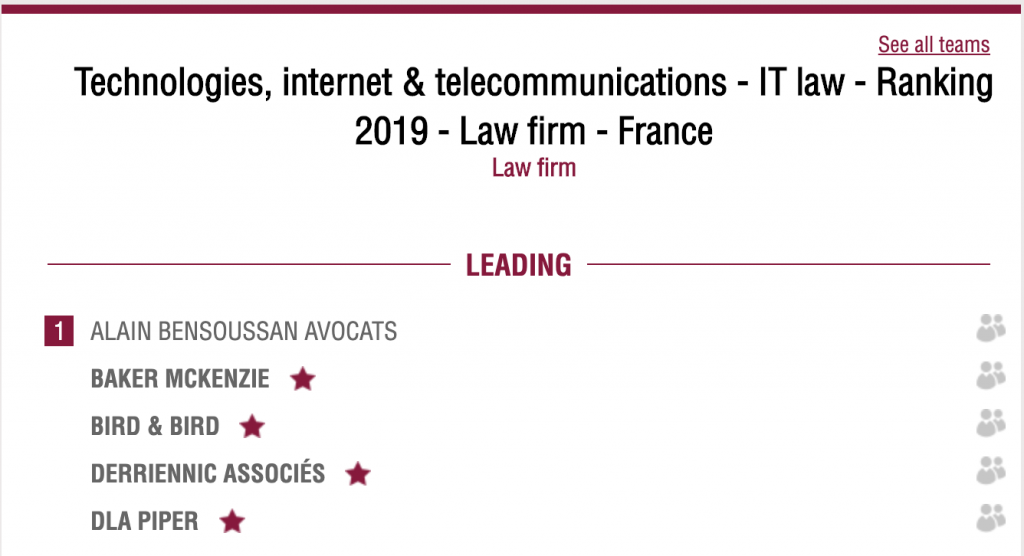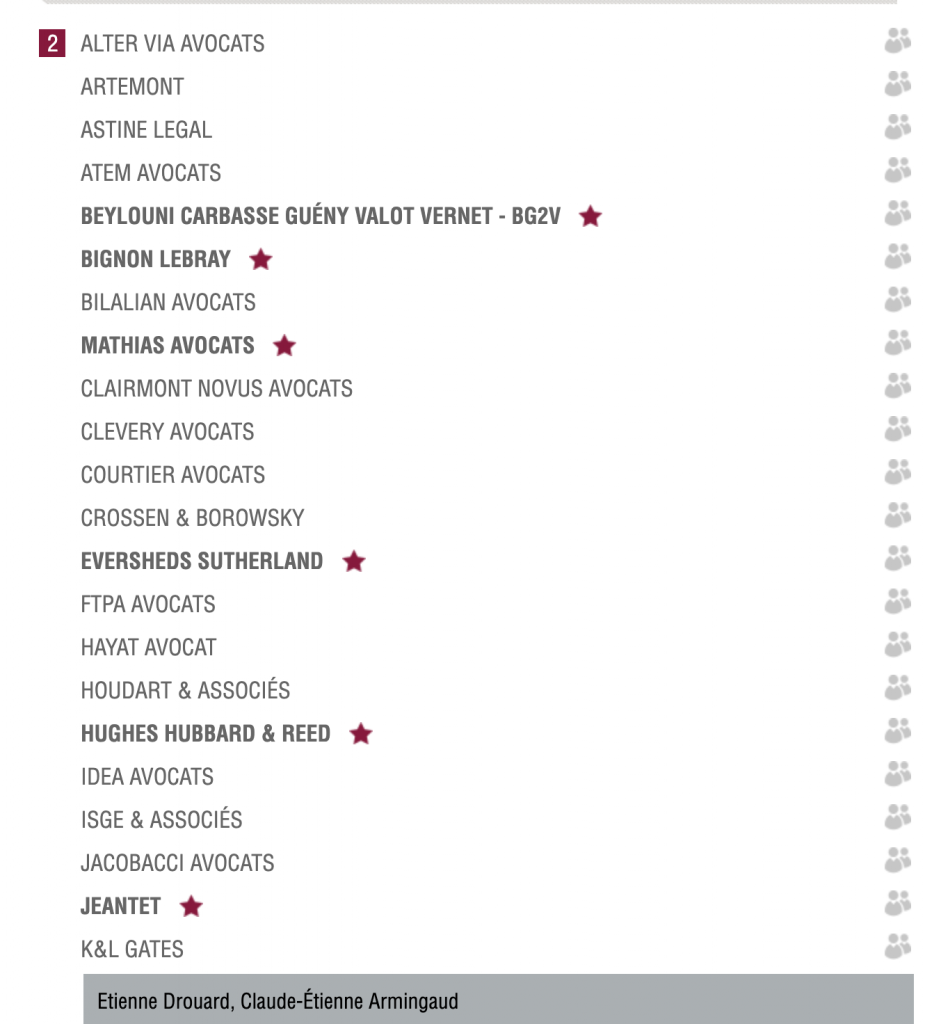
More information on the Future of Transportation World Conference 2019 website.

More information on the Future of Transportation World Conference 2019 website.
Brexit: Deal Or No-Deal? Data is the Question
With the Brexit deadline looming ahead on 31 October 2019, the situation seemingly reaches new levels of uncertainty every day. Last week, the U.K. Supreme Court’s eleven judges unanimously ruled that Prime Minister Boris Johnson’s decision on 9 September 2019, to prorogue Parliament was “unlawful and void.” Parliament will therefore carry on its Brexit discussions…with now only thirty days left to finalise a deal. Although Parliament, while still in session, passed a law to extend the Brexit deadline, such an extension would still require approval by the EU.
So how should companies prepare, on either side of the Channel (and beyond), in the coming months for the more-likely-by-the-day-scenario of No-Deal?
(more…)
Despite optimistic statements in 2016 on both sides of the Atlantic (in between the European Commission’s communication on connected cars for Europe, and the Obama administration’s Detroit Auto Show announcement), it would seem that some of the hype surrounding connected and autonomous vehicles (“CAVs”) faltered. One reason may be the desensitization of the general public, as the initially promised 2020 deployment is dawning without a hint of general commercial availability in sight. On the other hand, the intricacies of the regulatory frameworks at stake also hinder the development of consumer-ready offers.
More often than not, France is perceived as an administrative maze, yet may become (unexpectedly to some) a leader in the race to regulating this incoming industry. However, far more than being limited to the automotive industry, regulating CAVs will serve as the blueprint for an artificial intelligence (“AI”) legal framework.
(more…)
View the summary of the conference on Viuz website (in French).
K&L Gates ranked “Recommended – Band 2” with E. Drouard & Claude-Etienne Armingaud.
Source: Leaders League



K&L Gates ranked “Highly Recommended – Band 1” with E. Drouard & Claude-Etienne Armingaud.

Source: Leaders League
Italian law no.12/19 dated 11 January 2019 (the “Law”) came into force on 13 February 2019 and cemented the legal enforceability of electronic timestamping performed through blockchain technologies.
(more…)Further to the adoption of the so-called Trademark Package at European level, comprised of Regulation no.2015/2424 (as codified by Regulation no.2017/1001 dated 14 June 2017) on EU Trademarks (the “Regulation”) and Directive no.2015/2436, harmonizing Member States’ trademark regime (the “Directive”), both dated 16 December 2015, France was due to update its internal regulatory framework.
The PACTE Act no. 2019-486, adopted on 22 May 2019, implemented the Trademark Package at long last. While the Regulation addressed EU aspects and is of direct enforcement within Member States, the Directive provided Member States with some leverage on the internal implementation.
These new aspects aim at simplifying the enforcement of intellectual property rights (“IPR”), for both trademarks and the patents, by creating administrative procedures, rather than having to introduce a judicial action before the courts.
(more…)